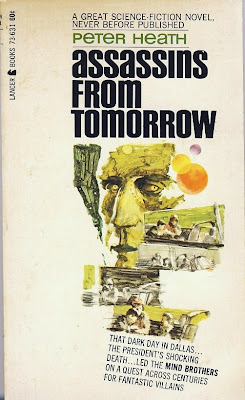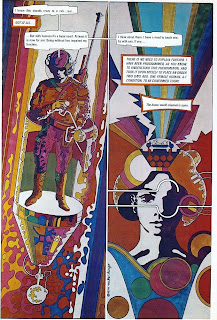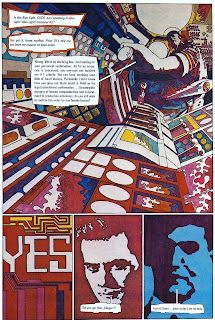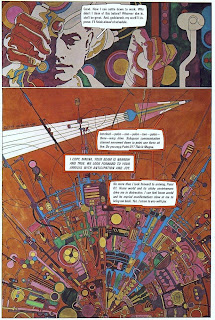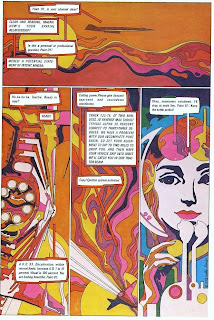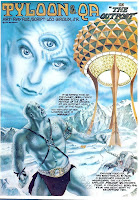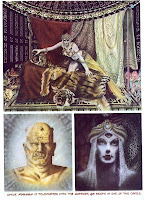Book Review: 'From the 'S' File', by the editors of 'Playboy' magazine
 2 / 5 StarsPlayboy
2 / 5 StarsPlayboy regularly published a lot of SF stories, many by well-known authors in the genre. As one of the so-called ‘slick’ magazines, it paid high rates and represented a coveted outlet for short fiction throughout the 50s, 60s, 70s, and even the early 80s, after which the advent of video porn, and later, DVD and internet porn, severely curtailed its circulation.
There were some drawbacks to being published in
Playboy; there were of course restrictions on story length – after all, no one really bought the magazine for the ‘articles’ – and the SF content had to be dialed down in order to appeal to the magazine’s hedonistic-oriented readership. Both of these drawbacks probably influenced the tenor of the stories appearing in this anthology.
‘From the “S” File’ (1971) contains stories published from 1956 to 1970; as the book’s title indicates, all the authors have surnames beginning with the letter ‘S’.
The editor(s) in charge of purchasing SF tales seem to have liked Robert Sheckley a great deal, since 5 of the 16 the entries in this anthology originate from that author. I myself have never been all that enchanted by Sheckley’s writings, which tend to focus on satire, with the SF themes merely serving as a sort of painted backdrop for the author’s efforts at critiquing social mores. Of his stories presented here, only ‘The World of Heart’s Desire’, about a man seeking an extended bout of escapism, is really all that impressive. The other Sheckley tales: ‘Can You Feel Anything When I Do This’, ‘Triplication’, ‘The Same to You Doubled’, and ‘Cordle to Onion to Carrot’ all come across as underwhelming efforts to meld SF tropes with a Cheever-esque styling.
Theodore Sturgeon contributes ‘The Nail and the Oracle’; like Sheckley’s work, it’s a lackluster effort at social and political satire.
‘Control Somnambule’, by William Sambrot, deals with an Apollo astronaut and a mysterious lapse in his recollection of the period his spaceship spent traveling on dark side of the Moon. Well-written and effective despite an understated style, it’s one of the better tales in the anthology.
‘The Man From Not-Yet’, by John Sladek, deals with an encounter between the famous 18th century English philosopher Samuel Johnson, and a time-traveler from the future.
Henry Slesar is represented by ‘Melodramine’, in which a near-future narcotic gives hallucinations of a too-pleasurable kind. ‘Victory Parade’, is a short, mordant tale of the celebration of a war..... in which everyone loses. ‘Examination Day’ is a somewhat clichéd account of a very important test administered by an authoritarian regime, while ‘The Jam’ is a brief but quietly effective story, and will undoubtedly make for uneasy thoughts when one is next in a traffic jam on a hot summer's day. ‘After’ is a collection of vignettes, set in a nuclear war’s aftermath, infused with a dark sense of humor.
Jack Sharkey contributes ‘The Pool’, a moral fable about conquistadors and the fabled fountain of youth; and ‘Conversation with a Bug’, a comic tale about over-reaching one’s grasp.
The final entry is Norman Spinrad’s ‘Deathwatch’, a succinct tale that relies on a shock ending. It’s one of his more effective stories.
The verdict on ‘From the ‘S’ File’ ? To some extent the stories suffer from having to be coherent to
Playboy’s audience, as opposed to targeting, say, contemporary SF magazines like Analog or If. But the inclusion of too many tales in which the SF content is subordinate to social satire makes it hard to recommend this volume to fans.
